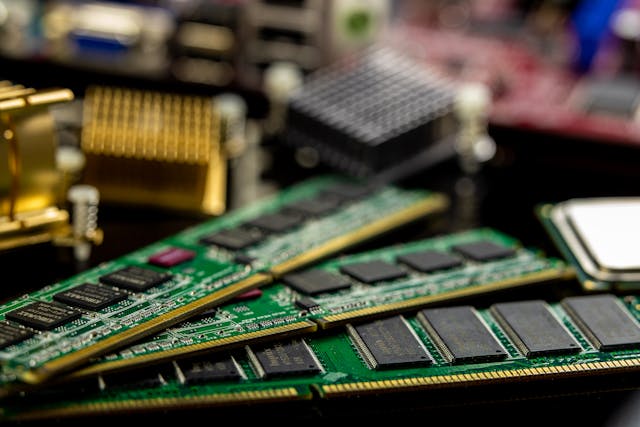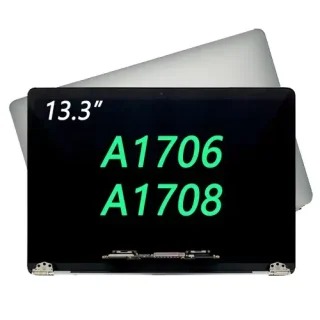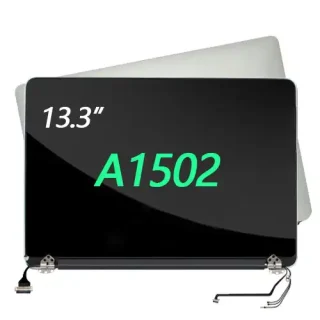
The Random Access Memory (RAM) we rely on today for our computers’ lightning-fast processing has a surprisingly long and fascinating history. While a modern RAM chip seems like a marvel of miniaturization, its core concept – the ability to quickly store and retrieve data – has been evolving for nearly a century. This article delves into the key milestones that led to the invention of the first RAM suitable for computers.
Early Ancestors: Beyond the Realm of RAM (1930s):
The concept of storing data electronically for easy access predates the invention of the computer itself. In the 1930s, a device called drum memory emerged. This early technology used a rotating cylinder coated with a magnetic material. Data was written and read using magnetic heads that made contact with the drum’s surface. While not technically RAM (it wasn’t random access), drum memory laid the groundwork for future developments.
Magnetic-Core Memory: The First True Contender (1940s):
The 1940s witnessed the invention of magnetic-core memory. This technology relied on tiny rings made of ferromagnetic material strung on wires. Each ring could store a single bit of data (0 or 1) by magnetizing it in a specific direction. Magnetic-core memory offered significant advantages over drum memory – it was faster and more reliable. However, it was still bulky, expensive, and slow compared to modern RAM.
The Birth of RAM: The Williams Tube and Magnetic-Drum Memory (1940s):
The true story of RAM begins in the 1940s with two distinct contenders:
- The Williams Tube: Invented by Frederic Williams in 1947, the Williams tube stored data as charged dots on the face of a cathode ray tube. This allowed for random access to any data point, making it the first true example of RAM. However, the Williams tube was bulky, unreliable, and prone to data loss when the power went out.
- Magnetic-Drum Memory (Improved Version): This improved version of drum memory, also developed in the 1940s, offered random access to data stored on the magnetic drum surface. It was more reliable than the Williams tube but still suffered from limitations in speed and size.
The Dawn of Solid-State RAM: The Dynamic Random Access Memory (DRAM) (1960s):
The invention of the transistor in the 1940s paved the way for a more compact and efficient form of RAM – the Dynamic Random Access Memory (DRAM). In 1968, Robert Dennard at IBM introduced the first practical DRAM design. This technology used transistors and capacitors to store data. However, unlike magnetic-core memory, DRAMs required constant refreshing to maintain the data, making them more complex.
The Rise of DRAM and the Era of Modern Computing (1970s-Present):
The 1970s witnessed rapid advancements in DRAM technology. Improvements in transistor miniaturization and chip design led to smaller, faster, and more affordable DRAM chips. This revolutionized the computing landscape, allowing for the development of personal computers with greater processing power and memory capacity.
Conclusion:
The journey from early data storage solutions like drum memory to the sophisticated DRAM we use today has been a remarkable one. Each invention, from the bulky magnetic-core memory to the Williams tube, played a crucial role in laying the foundation for modern RAM.














Leave a Reply